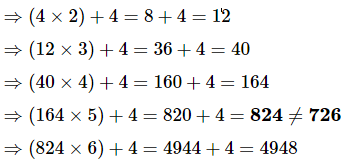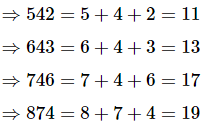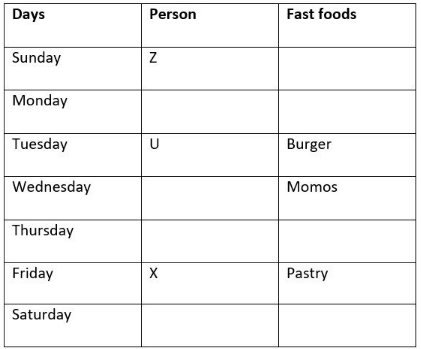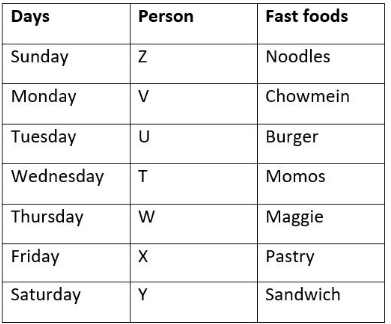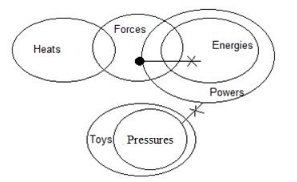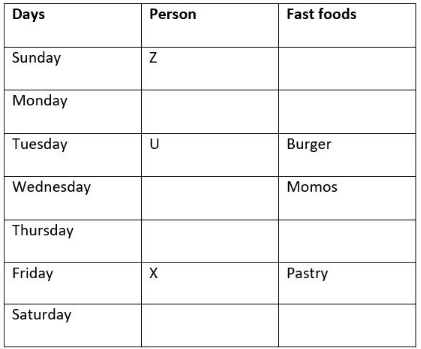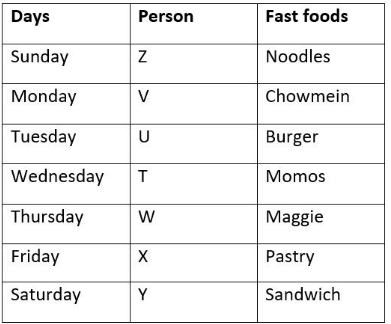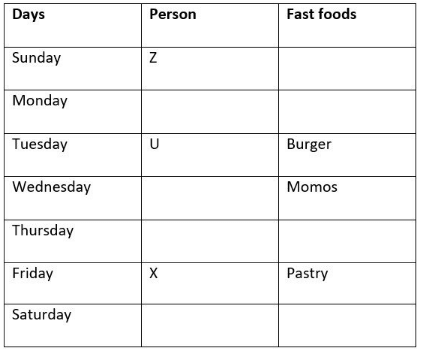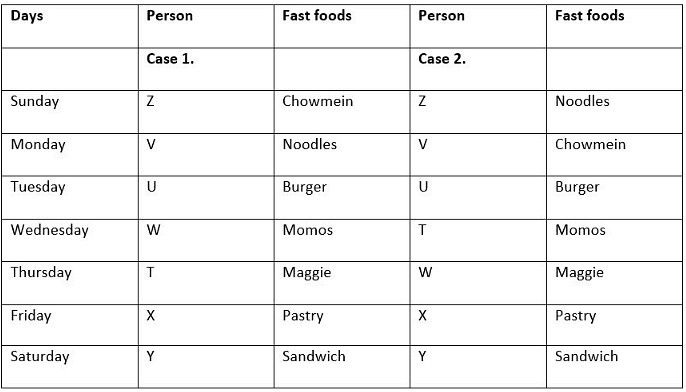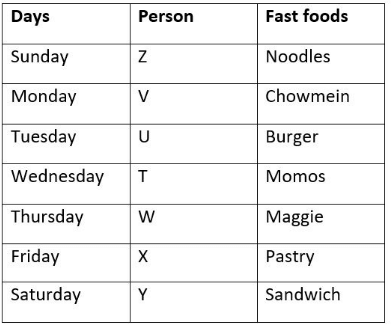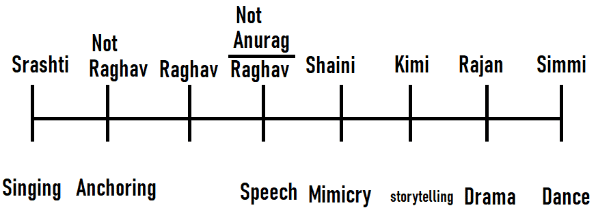Diagnostic Test: Banking - 1 - Banking Exams MCQ
30 Questions MCQ Test - Diagnostic Test: Banking - 1
Direction: Read the sentence to find out whether there is any error in it. The error, if any, will be in one part of the sentence. The number of that part is the answer. If there is no error, the answer is (E). Ignore errors of punctuation, if any.
Within two years, (A)/ the sisters had (B)/ losted their parents in (C) a tragic accident. (D)/ No error (E)
Direction: Read the sentence to find out whether there is any error in it. The error, if any, will be in one part of the sentence. The number of that part is the answer. If there is no error, the answer is (E). Ignore errors of punctuation, if any.
If I would have realised (A)/ what a bad driver you were, (B)/ I would not have (C)/ come with you. (D)/ No error (E)
In the following questions, some part of the sentence may have errors. Find out which part of the sentence has an error and select the appropriate one as the answer. If the sentence is free from error, select ‘No Error’.
The World Bank has announced actions it plans (P)/ to take as part of a comprehensive, global response (Q)/ to the ongoing food security crisis, with up to $30 billion in(R)/ financing under existing and new projects. (S)/No Error.
In the following questions, some part of the sentence may have errors. Find out which part of the sentence has an error and select the appropriate one as the answer. If the sentence is free from error, select ‘No Error’.
The spokesperson pointed out that External Affairs Minister S Jaishankar has (M)/ already told the Chinese side that frictions (N)/and tensions arising from the (O)/deployments under China could not be reconciled. (P)/No error.
Direction: A sentence with one blank is given, indicating that something has been omitted. Choose the word that fits the blank appropriately.
With the 2019 general election announced, an inescapable question arises about the _______ of the country: Is it any worse today than it was under the previous governments?
Direction: A sentence with one blank is given, indicating that something has been omitted. Choose the word that fits the blank appropriately.
India’s social fabric has been damaged to an _______ where repair seems impossible.
Direction: A sentence with one blank is given, indicating that something has been omitted. Choose the word that fits the blank appropriately.
Tom applied for a promotion twice this year, but he was _______ both times.
In each of the given sentences, four underlined words are given. Find the word that is wrongly spelled or inappropriate for the sentence. If all are correct, mark option (e) as your answer.
Mr. Das asked the banks to pay (a)specific attention to (b)farther improve their grievance (c)redressal systems and continue to provide necessary support to the ongoing (d)revival of economic activity.
In each of the given sentences, four underlined words are given. Find the word that is wrongly spelled or inappropriate for the sentence. If all are correct, mark option (e) as your answer.
He advised the banks to remain watchful of recent (a) geopolitical developments and take (b) mittigating measures proactively, including raising of capital for (c) ensuring that the potential impact on their balance sheets are (d) minimised.
In each of the given sentences, four underlined words are given. Find the word that is wrongly spelled or inappropriate for the sentence. If all are correct, mark option (e) as your answer.
After years of taking loans to cover (a) spiraling budget deficits and to finance the (b) imported products needed to keep the island's economy (c) ticking over, it is now in the grip of its worst financial crisis since (d) independence from Great Britain.
A, B and C entered into a partnership with their investment in the ratio of 3/2: 6/5: 5/4. If at the end of one year, the difference between the profit obtained by B and C is Rs.200, then find the average profit obtained by A and B?
Answer the questions based on the information given below.The given line graph provides information about the number of English and Hindi copies of the book “Life of Pi” by Yann Martel sold during different years.
Note: Total number of books sold in a year = Number of English copies sold + Number of Hindi copies sold.

A man bought 10 pens for Rs.x and 15 pencils for Rs. (x – 50). He sold each pen and pencil at a profit of 25% and 20%. If the total selling price of all pens and pencils for Rs. (2x + 30), then find the cost price of each pen?
A 160 m long train overtakes another 140 m long train in 12 sec. If the speed of the slower train is 54 kmph, what is the speed of the faster train?
Answer the questions based on the information given below.The given line graph provides information about the number of English and Hindi copies of the book “Life of Pi” by Yann Martel sold during different years.
Note: Total number of books sold in a year = Number of English copies sold + Number of Hindi copies sold.

Find out the wrong number from the given series.
4, 12, 40, 164, 726, 4948
Answer the questions based on the information given below.The given line graph provides information about the number of English and Hindi copies of the book “Life of Pi” by Yann Martel sold during different years.
Note: Total number of books sold in a year = Number of English copies sold + Number of Hindi copies sold.

Ratio of the time taken by Train A to Train B to cross a platform of length 240 m is 5:4. If the time taken by Train B to cross a pole is 10 seconds and the speed of Train A and train B is 30 m/s and 40 m/s, find the length of Train A?
A shopkeeper bought 32 kg of variety 1 rice for Rs.45 per kg and also bought 40 kg of variety 2 rice for Rs.54 per kg. He mixed both varieties and sold them at a profit of x%. If the selling price of the mixture is Rs.56 per kg, then find the value of x?
What will come in place of the question mark (?) in the following number series.
542, 643, 746, 874, 9?6
Study the following information carefully and answer the questions given below.
Six persons P, Q, R, S, T and U are seated in a linear row facing south. They are all having different number of pens viz., 44, 22, 12, 18, 38 and 28.
(i) T is having 12 pens and sits second from the extreme end (Either from left or right end). The one who has 28 pens is an immediate neighbour of T and only two people sits between U and the one who has 28 pens. U doesn’t sit at any of the extreme end.
(ii) Only two people sits between P and R who has 10 more pens than T. The one who has 38 pens sits second to the right of R.
(iii) S is not an immediate neighbour of T. S has twice the number of pens than R.
Who sits to the immediate right of T?
Study the following information carefully and answer the given questions:
Seven students T, U, V, W, X, Z and Y like different fast foods i.e. Maggie, Chowmein, Burger, Noodles, Sandwich, Pastry and Momos. They attend classes on different days of week starting from Sunday to Saturday. T attends class before Y and after V who doesn’t likes Noodles. X attends class on Friday. Only one person attends class between the one who likes Pastry and the one who likes Momos. U likes Burger. More than one person attends the class between the one who likes Noodles and the one who likes Sandwich. Two person attends the class between the one who likes Chowmein and W. Z attends class on Sunday. Neither the one who likes Noodles nor the one who likes Maggie attends the class on Saturday. Two persons attends class between U and the one who likes Pastry. The one who likes Chowmein attends the class before the one who likes Burger. Only one person attends class between Z and U.
Q. If X is related to Chowmein and P is related to Sandwich, then in the similar way, V is related to?
Which of the following symbols should be placed in the blank spaces respectively (in the same order from left to right) in order to complete the given expression in such a manner that “M < C” definitely holds true?
C __ L __ A __ M
In the questions below is given some statements followed by some conclusions. You have to take the given statements to be true even if they seem to be at variance with commonly known facts. Read all the conclusions and then decide which of the given conclusions logically follows from the given statements disregarding commonly known facts.
Statement:
Some heats are forces.
Only a few forces are energies.
All energies are powers.
No power is pressure.
All pressures are toys.
Conclusions:
I. All forces may be powers.
II. All powers can be toys.
III. Some heats can be powers.
IV. Some pressures being energies is a possibility.
Which of the following symbols should be placed in the blank spaces respectively(in the same order from left to right) in order to complete the given expression in such a manner that both ‘I ≥ T’ as well as ‘T ≤ B’ definitely holds true?
B _ I _ N _ T _ U
In the following questions, the relationship between different elements is shown in the statements followed by some conclusions. Find the conclusion which is definitely true.
Statements:
B ≥ X > N ≥ L > Z, F < H ≤ W ≥ X < A
Conclusions:
I). W ≥ Z
II). L < A
III). B < H
Study the following information carefully and answer the given questions:
Seven students T, U, V, W, X, Z and Y like different fast foods i.e. Maggie, Chowmein, Burger, Noodles, Sandwich, Pastry and Momos. They attend classes on different days of week starting from Sunday to Saturday. T attends class before Y and after V who doesn’t likes Noodles. X attends class on Friday. Only one person attends class between the one who likes Pastry and the one who likes Momos. U likes Burger. More than one person attends the class between the one who likes Noodles and the one who likes Sandwich. Two person attends the class between the one who likes Chowmein and W. Z attends class on Sunday. Neither the one who likes Noodles nor the one who likes Maggie attends the class on Saturday. Two persons attends class between U and the one who likes Pastry. The one who likes Chowmein attends the class before the one who likes Burger. Only one person attends class between Z and U.
Q. How many persons attend the class between the one who likes Noodles and U?
Study the following information carefully and answer the given questions:
Seven students T, U, V, W, X, Z and Y like different fast foods i.e. Maggie, Chowmein, Burger, Noodles, Sandwich, Pastry and Momos. They attend classes on different days of week starting from Sunday to Saturday. T attends class before Y and after V who doesn’t likes Noodles. X attends class on Friday. Only one person attends class between the one who likes Pastry and the one who likes Momos. U likes Burger. More than one person attends the class between the one who likes Noodles and the one who likes Sandwich. Two person attends the class between the one who likes Chowmein and W. Z attends class on Sunday. Neither the one who likes Noodles nor the one who likes Maggie attends the class on Saturday. Two persons attends class between U and the one who likes Pastry. The one who likes Chowmein attends the class before the one who likes Burger. Only one person attends class between Z and U.
Q. Who attends class on Thursday?
Direction: Study the following information carefully and answer the question following it.
The annual gathering of a school was organised in a day. Eight students Anurag, Preet, Shaini, Kimi, Rajan, Srashti, Simmi and Raghav are seated in a row facing north not necessarily in the same order. Eight different programmes - Drama, Singing, Dance, Storytelling, Speech, Mimicry, Standup comedy and Anchoring are to be performed by these eight students not necessarily in the same order. These students are sitting according to the sequence of their performance from left to right i.e. the first performer will sit at the extreme left. The program begins with a song not sung by Preet and ends with a Dance. Shaini performs Mimicry immediately after the Speech. Rajan performs Drama just before the Dance. Kimi or Srashti are not available for the last performance. The Speech is not given by Anurag. An interval of 30 minutes is given immediately after Mimicry with three more items remaining to be performed. Kimi performs immediately after the interval. The second performance is Anchoring not done by Raghav. Kimi performs Storytelling. Simmi performs after the interval. Anurag and Raghav are not the first one to perform. Raghav cannot sit third to the right of the one who sang.
Q. Who is sitting at the extreme right end?
Study the following information carefully and answer the questions given below.
Six persons P, Q, R, S, T and U are seated in a linear row facing south. They are all having different number of pens viz., 44, 22, 12, 18, 38 and 28.
(i) T is having 12 pens and sits second from the extreme end (Either from left or right end). The one who has 28 pens is an immediate neighbour of T and only two people sits between U and the one who has 28 pens. U doesn’t sit at any of the extreme end.
(ii) Only two people sits between P and R who has 10 more pens than T. The one who has 38 pens sits second to the right of R.
(iii) S is not an immediate neighbour of T. S has twice the number of pens than R.
Which of the following statement is true?



